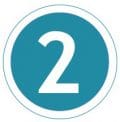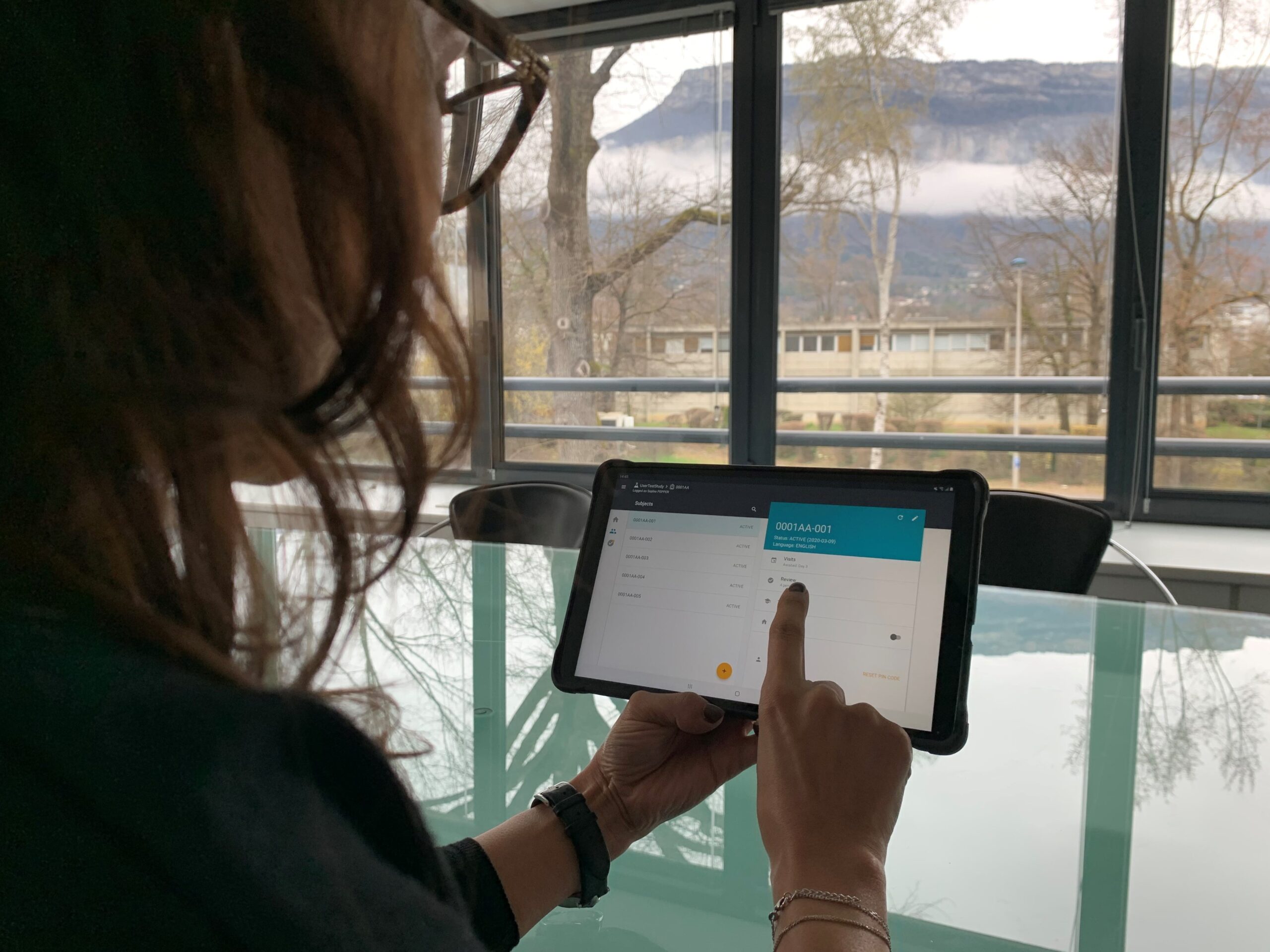Electronic capture of patient data is increasingly replacing the use of paper-based diaries, and electronic Clinical Outcomes Assessment (eCOA) tools are now routinely used for data collection both directly by the patient during scheduled visits on site and more importantly than ever at home.
Digital tools in particular have quickly evolved in the last two decades and devices such as tablets and smartphones have demonstrated as being efficient ways to improve the quality and timeliness of data collection, together with enabling more patient-centric clinical trials.
Conventionally, smartphones are preferred for home use and tablets are generally considered more suitable to data collection during site visits. However, experience has shown that this convention, although applicable in many situations, is not necessarily a golden rule.

Have you considered the size of the screen?
The larger screen offered by a tablet device is often associated with better accuracy in patient’s understanding. Indeed, large screens improve the ease of use and interaction with the data collection software compared to using a smartphone where layouts are much narrower and may seem too small to some categories of patients. Pediatric populations may also feel more comfortable with tablets and the patient-engagement specific tools that might be implemented may show a nicer display on larger screens. This contributes to making the clinical trial experience more user-friendly.
A generous screen size is needed to facilitate the completion of Visual Analog Scales that are completed in association with largely used questionnaires. The larger screen improves readability and global layout and the increased size is particularly useful for elderly or visually impaired patients.

What about portability?
The main advantage of a smartphone for data collection at home is its portability. However, for most clinical trials, data entry by the patient at home is only required once or twice per day at most, some protocols require less frequent data entry (e.g. on a weekly basis).
In such situations it is not necessary for a patient to carry around a device all day, and the diary may well be completed at home in the morning and/or in the evening on a tablet.

As such, the increased portability of smartphones, that can be a real advantage for some patients (frequent travelers for instance), can be offset by the larger screen size and comfort of a tablet; and so larger devices should also be considered for home use. As tablets can be of different sizes (7”, 8”, and 10”), a screen size may also be adapted to its purpose of use, and the small tablets may represent a good alternative as they combine the advantages of smartphone and tablet.

What about the value of using a single device in all situations?
A further advantage of using a tablet at home is that the same device can then be used during study visits as well as for diary completion at home. Since Kayentis’ tablet has both supervised and unsupervised modes, the same tablet can be used both on-site and at home.
- When used on-site, the investigator initiates the visit, completes the ClinRo as applicable, and invites the patient to complete the PRO.
- At the end of the visit, the investigator provides the tablet to the patient. The tablet can then be used by the patient in the unsupervised mode so that the eDiary can be completed in the patients’ own time.
This has several advantages, such as harmonizing the training between clinical site staff and patients and decreasing the training duration, which will only focus on one device. It also simplifies supply logistics and inventory management.
Patient comfort and ease of use are also important – especially in certain pathologies – and both are improved by using a large device with more legible font sizes and larger buttons.
As training is reduced and comfort is increased, the patient’s adherence to protocol requirements may likely be improved.
Tablet and smartphones each have their own specific advantages that should be evaluated based on the protocol design and the target patient population. The more conventional use of smartphones at home should be considered. However, Kayentis’ experience in eCOA management suggests numerous advantages for patients, sites, and sponsors when tablets are implemented as the sole device in a clinical trial. Therefore, tablets should be considered for home use, as well as a solution for using a single device for data collection both at home and during site visits.
Would you like to learn more about the use of tablets in these various settings?
Discover more:









